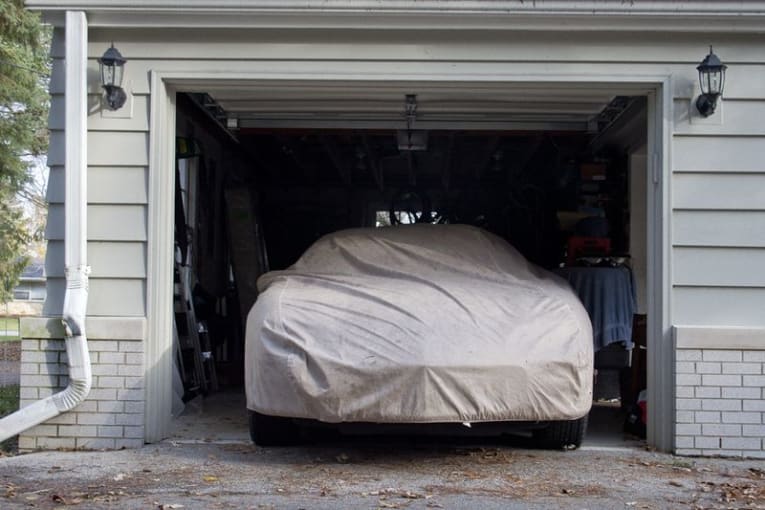Buying a second car, going on vacation by plane or train, wanting to start a car collection: these are just some of the reasons why you may need to keep your vehicle idle for a long time.
To avoid the inconveniences that could occur when you get back on the road, a few precautions are necessary! Our recommendations in 5 points.
1. Do not apply the handbrake
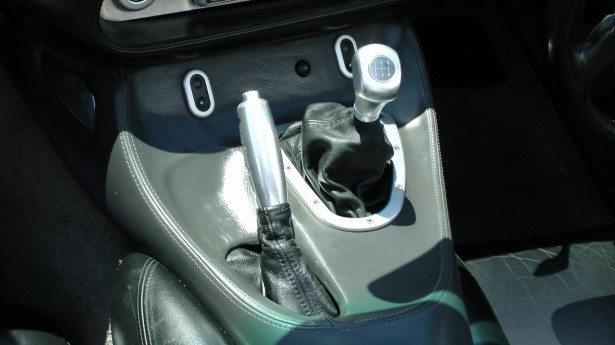
You should never leave a car stopped for a long time with the handbrake on. The handbrake tends to seize up, and then it can be challenging to release. The brake shoe springs do not appreciate being stressed for a long time.
Tip: block both rear wheels of the vehicle with chocks or wooden blocks for safety and leave the handbrake off.
2. Let the air circulate
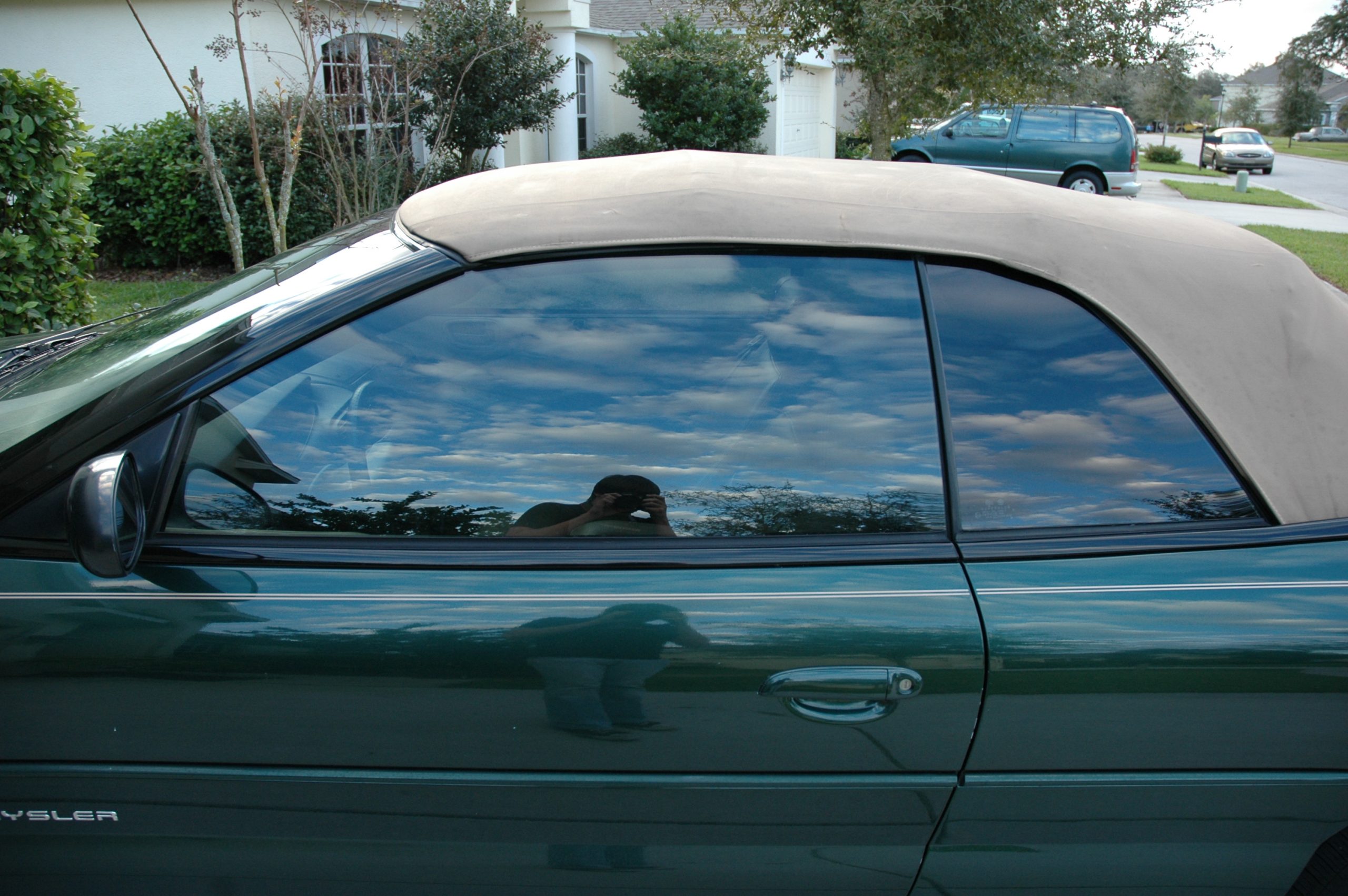
There’s nothing worse than a car that’s been parked for a long time with the windows closed! The humidity will quickly settle inside the car, causing foul smells and mould with the air stagnant. Not to mention the on-board electronics, which will not appreciate these little inconveniences at all.
When you park your vehicle for a long time, remember to slightly open the two front windows to create a slight draft.
Be careful: an opening of 1 or 2 cm is enough! This will prevent small animals from getting inside without your knowledge.
3. Disconnect the battery

When plugged in, your battery will inevitably discharge, as there is always a residual current loss. Over an extended period, you may run out of power when you restart.
Disconnect the “+” wire by unscrewing the terminal. This will keep your battery healthy. Of course, the clock and radio will have to be reprogrammed.
Important: turn off the engine before any manipulation!
4. Raise the car

When the car is immobilized for a very long time (more than 3 months), the car’s weight rests only on the part of the tire in contact with the ground and causes a deformation. Your tire is no longer completely round, and the car may start to vibrate, and therefore consume more fuel! Not to mention the risk of a blowout at high speeds…
To avoid all these problems, plan to raise your vehicle on jacks; use two jacks to lift the car on each side.
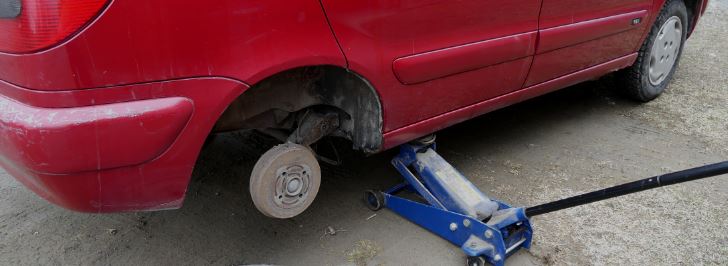
Caution: don’t use the small car floor jack that you have in your boot if you are thinking to keep the car raised for a long time. This kind of jack is not designed to support the weight of your vehicle for too long periods.
5. Fill up the tank
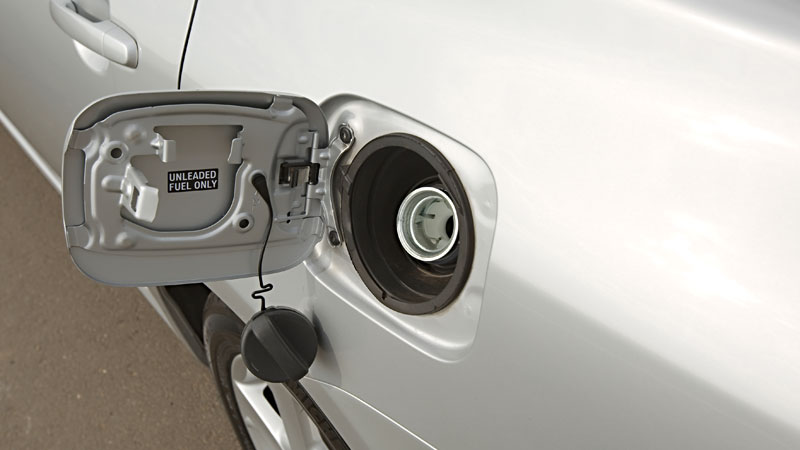
Over time, impurities build up in your fuel tank. They settle to the bottom and end up creating a sludge that the engine doesn’t like! That’s why it’s vital to always leave a sufficient amount of fuel in the tank in case of prolonged immobilization.
Half a tank is more than enough to provide a clear supply of petrol. This way, your engine will not suck dirt out of the bottom of the tank but clean petrol when you start it up again.
Good to know: Gasoline loses its qualities over time. After 6 months of a continuous shutdown, don’t hesitate to top up your tank to mix the old gasoline with the new one.
All these preventive measures will help you avoid unpleasant surprises when you start your vehicle after a long stop.
You might also be interested in reading more on:
5 Things to Check Before Calling a Tow Truck
Remember to share this post and comment below.

